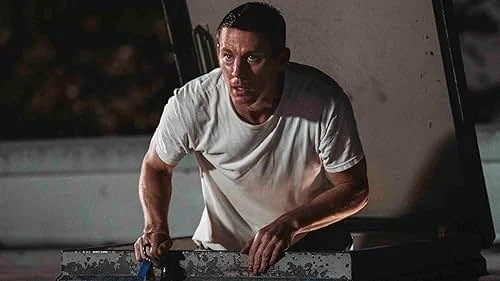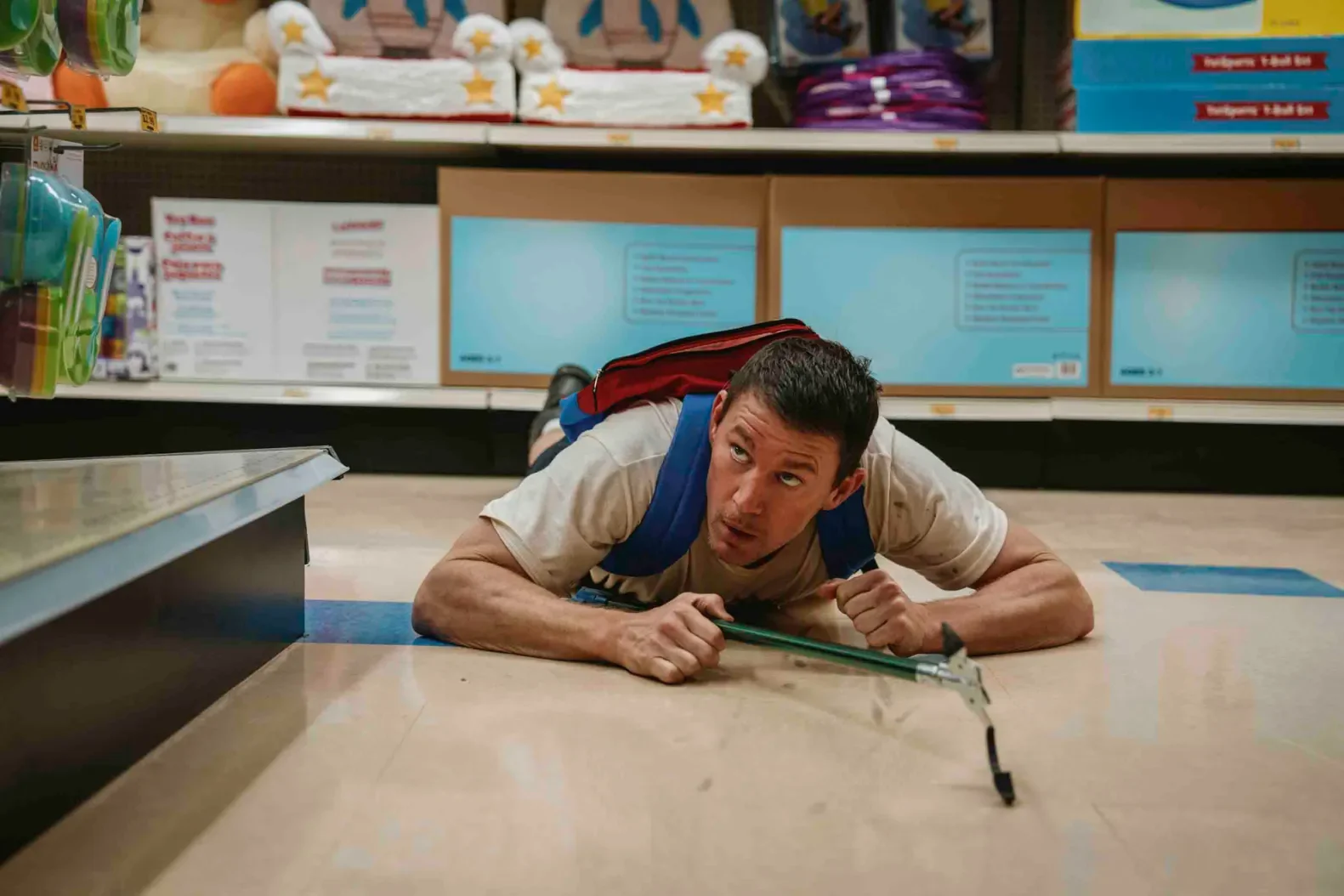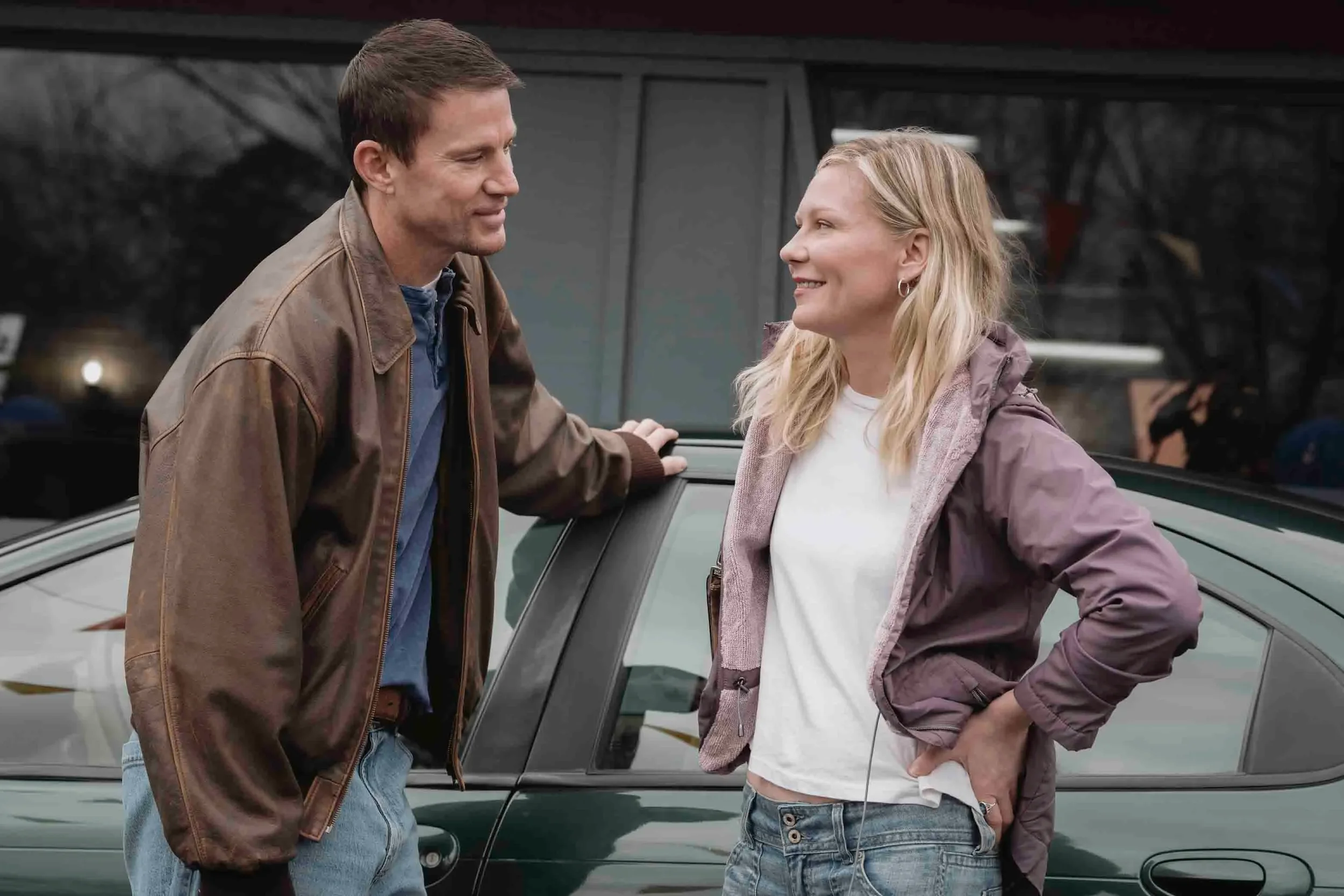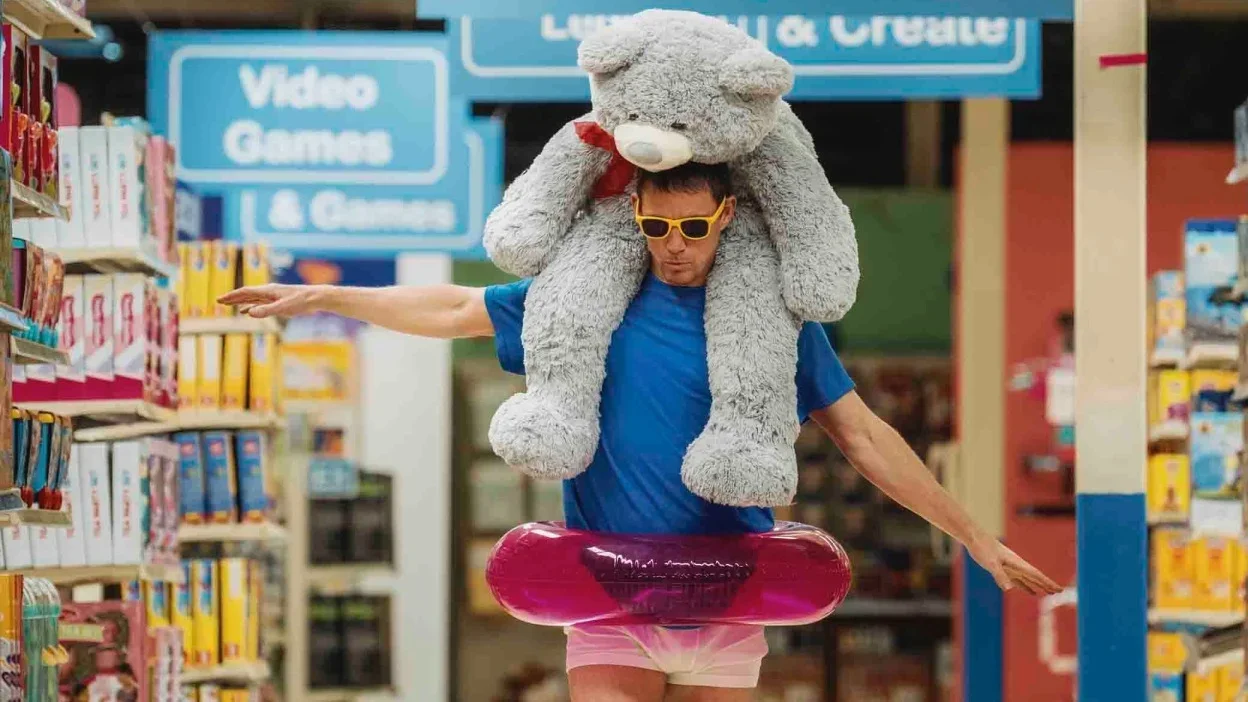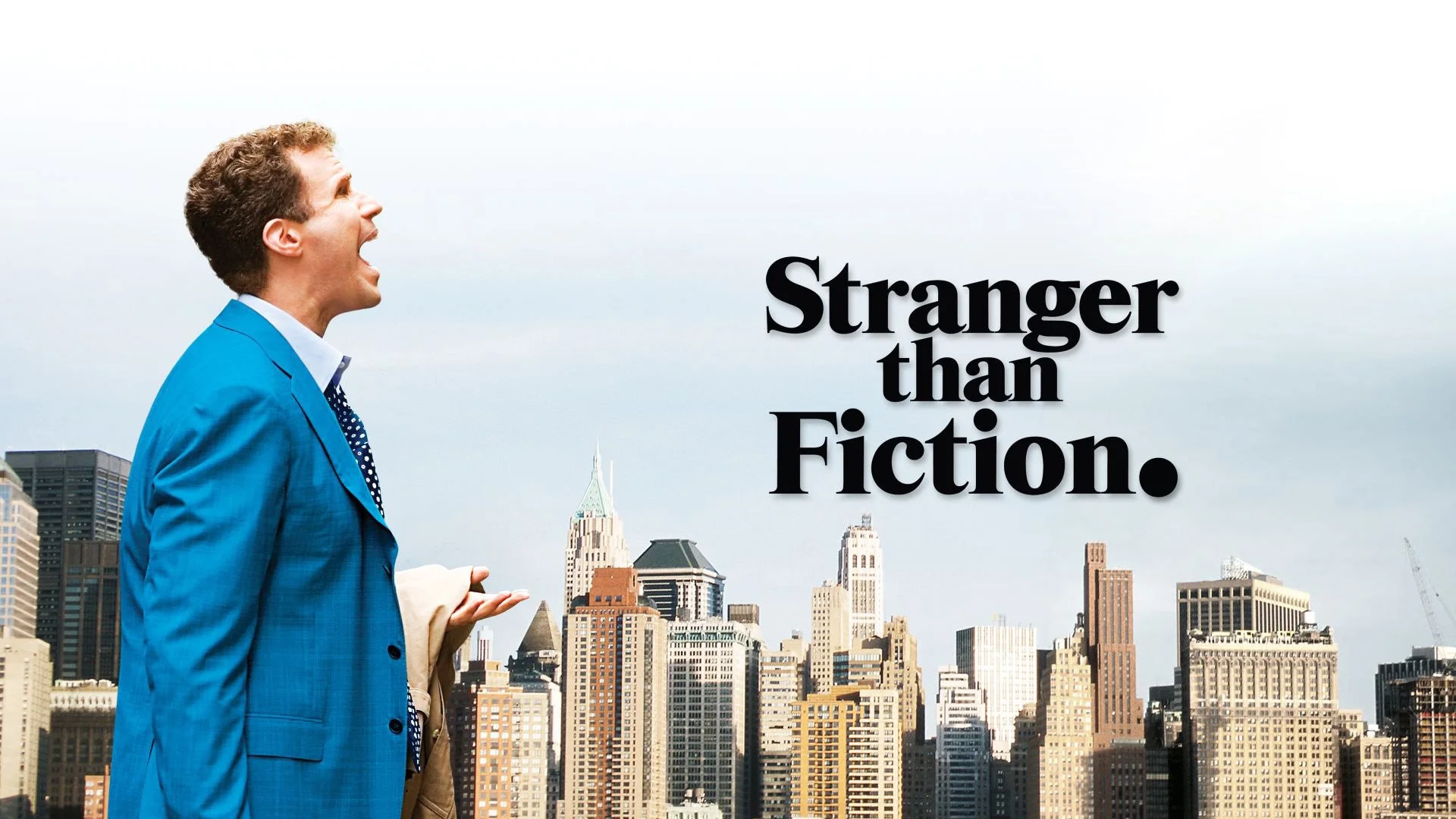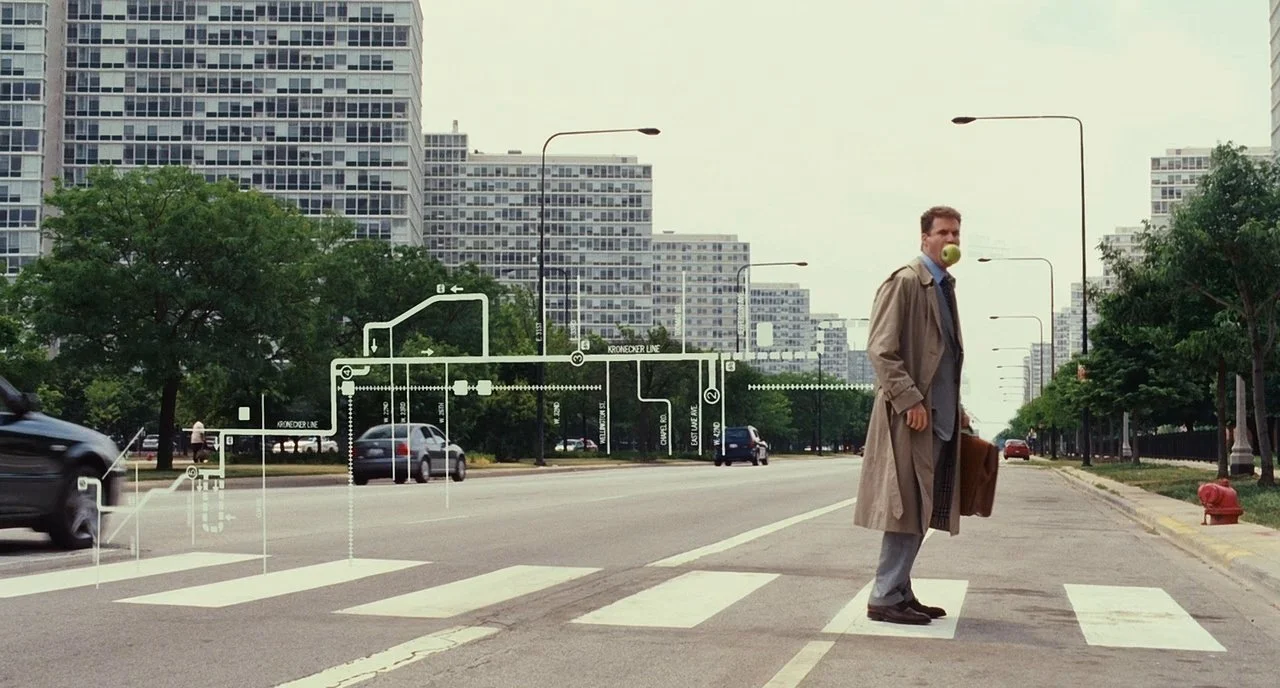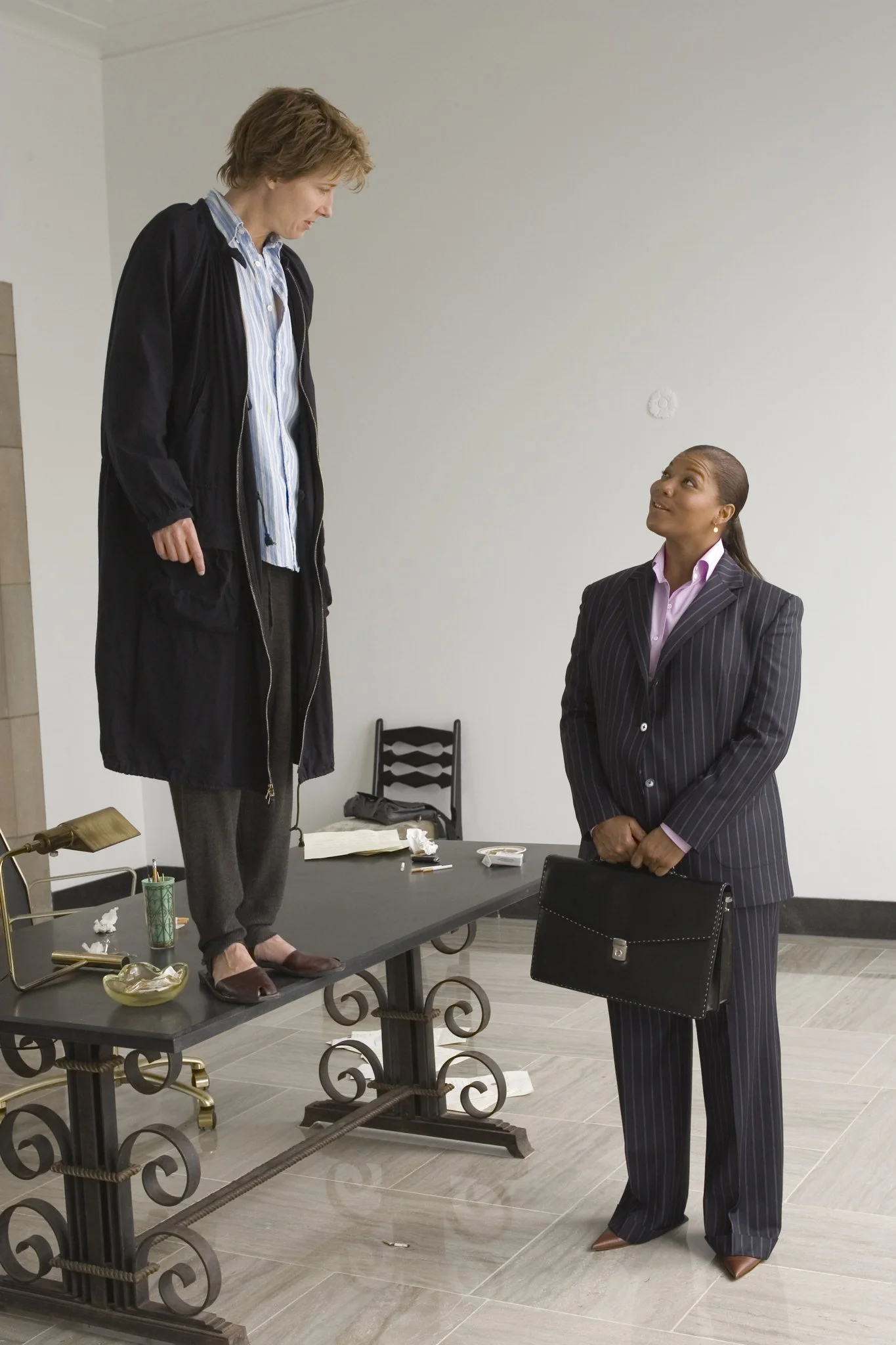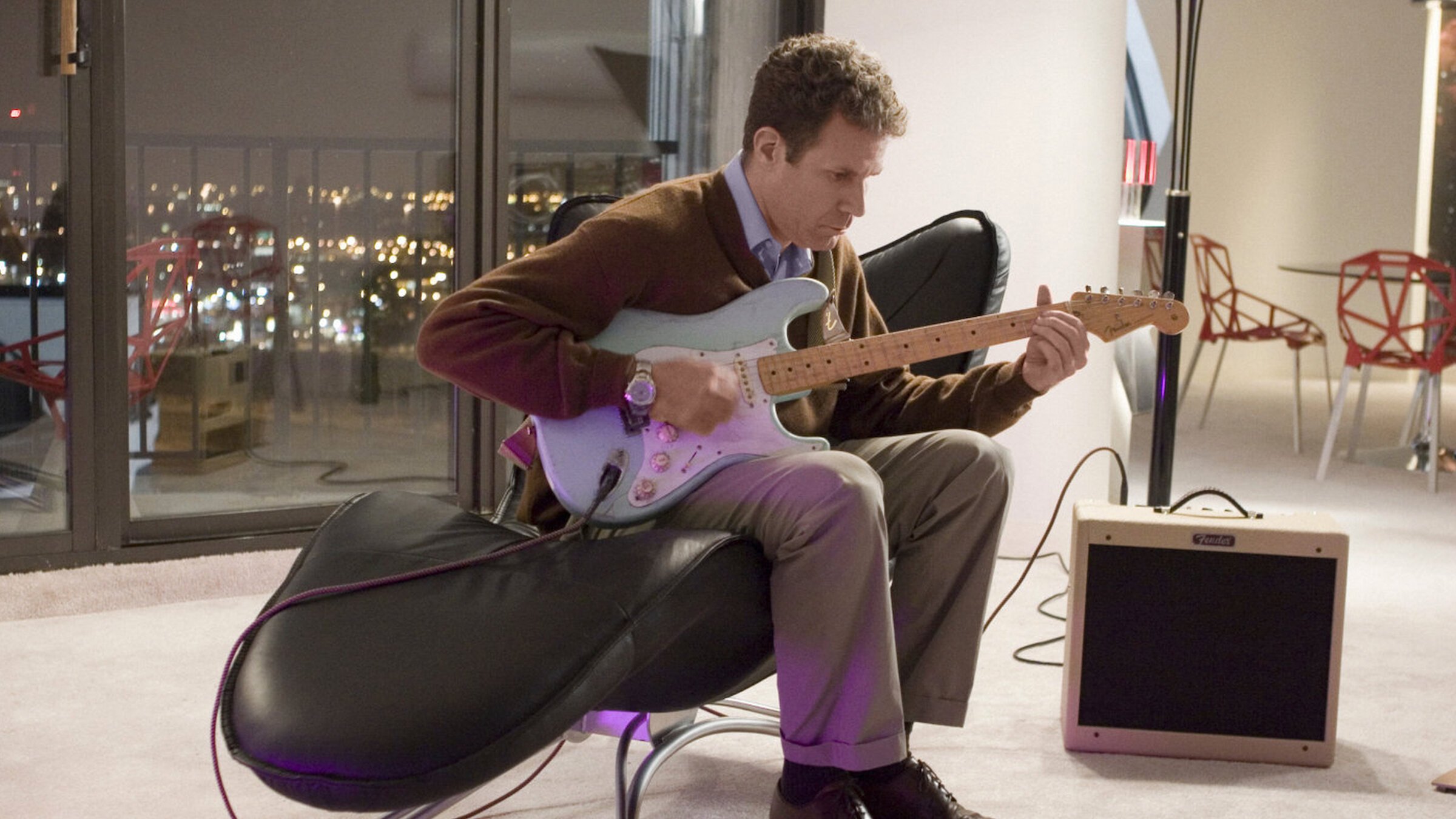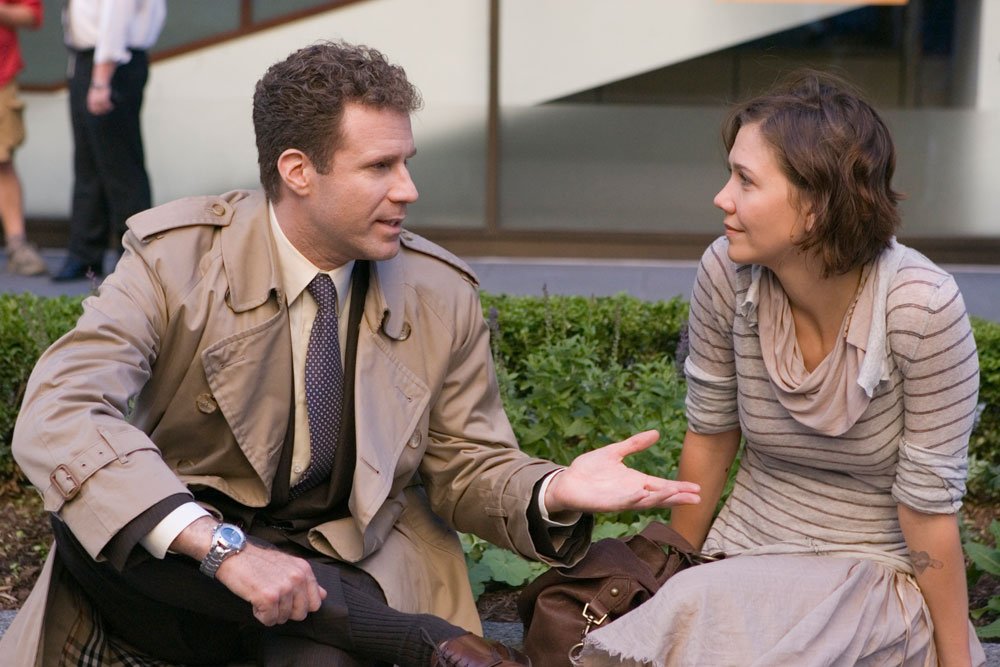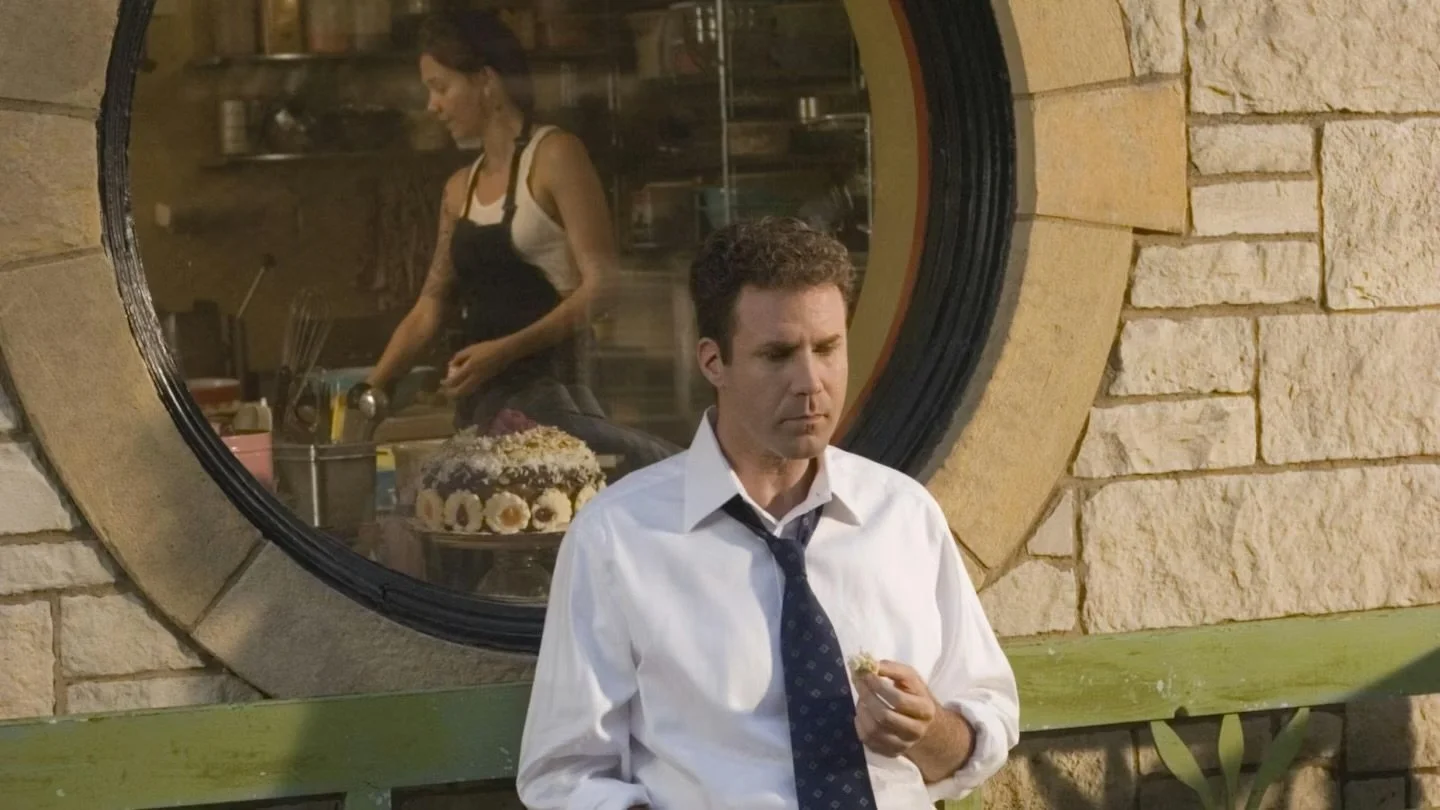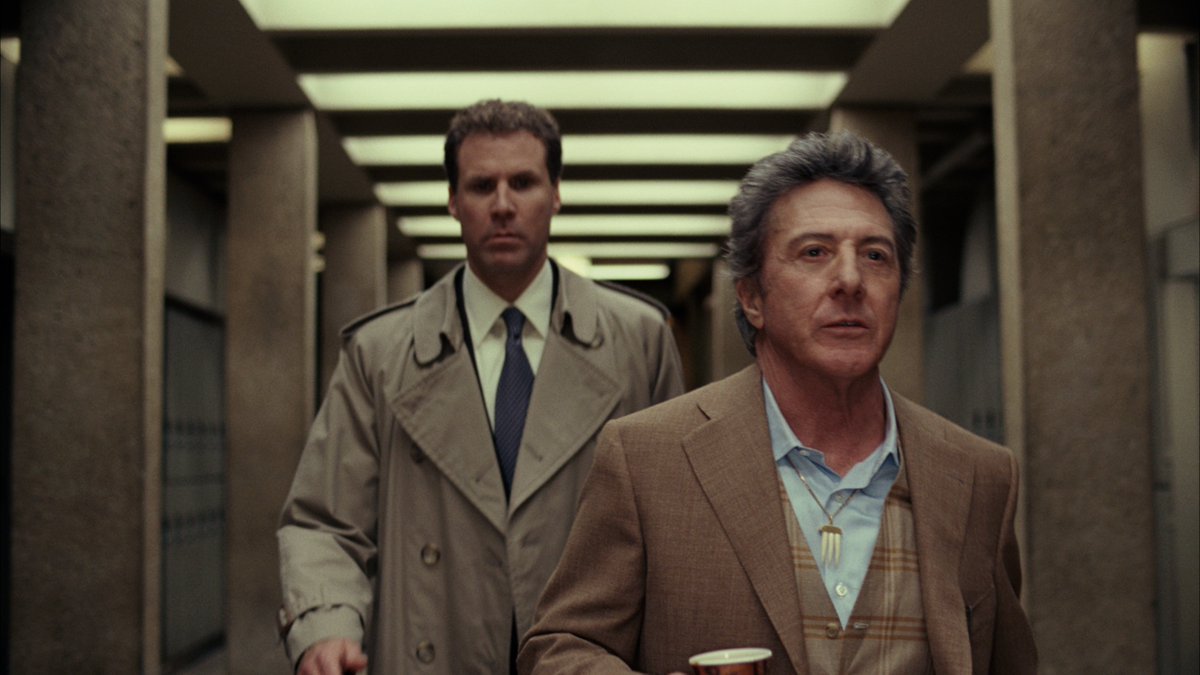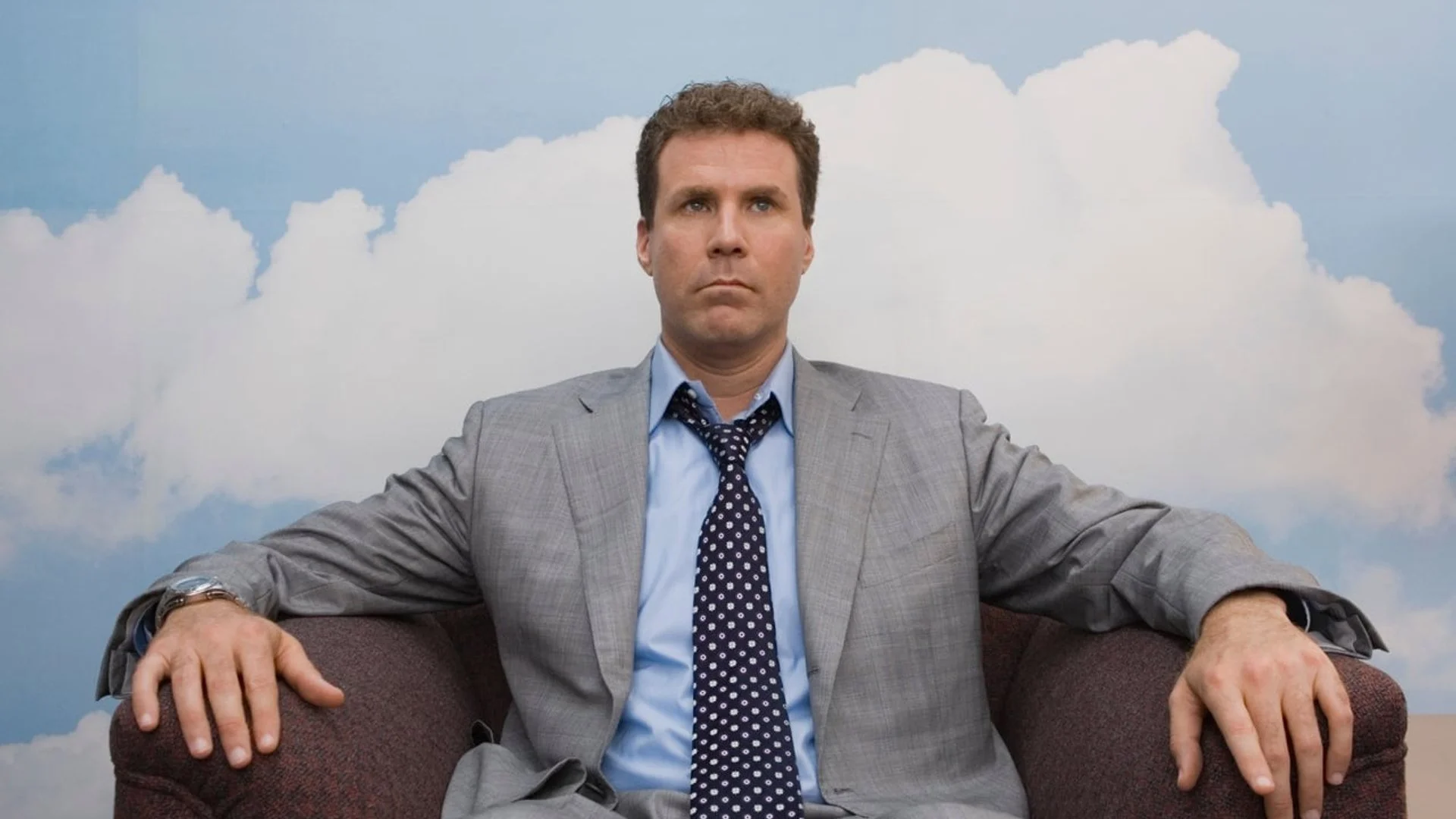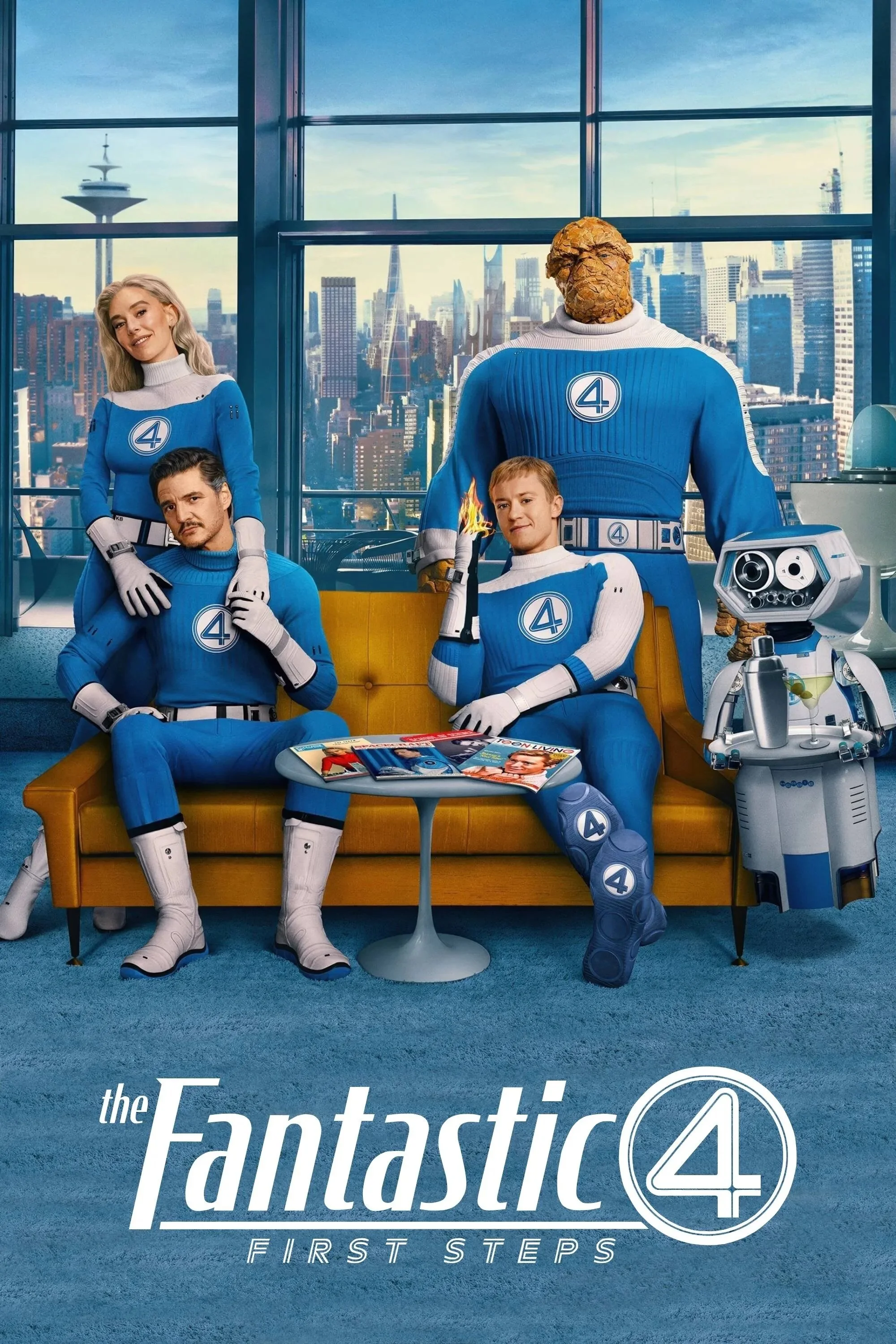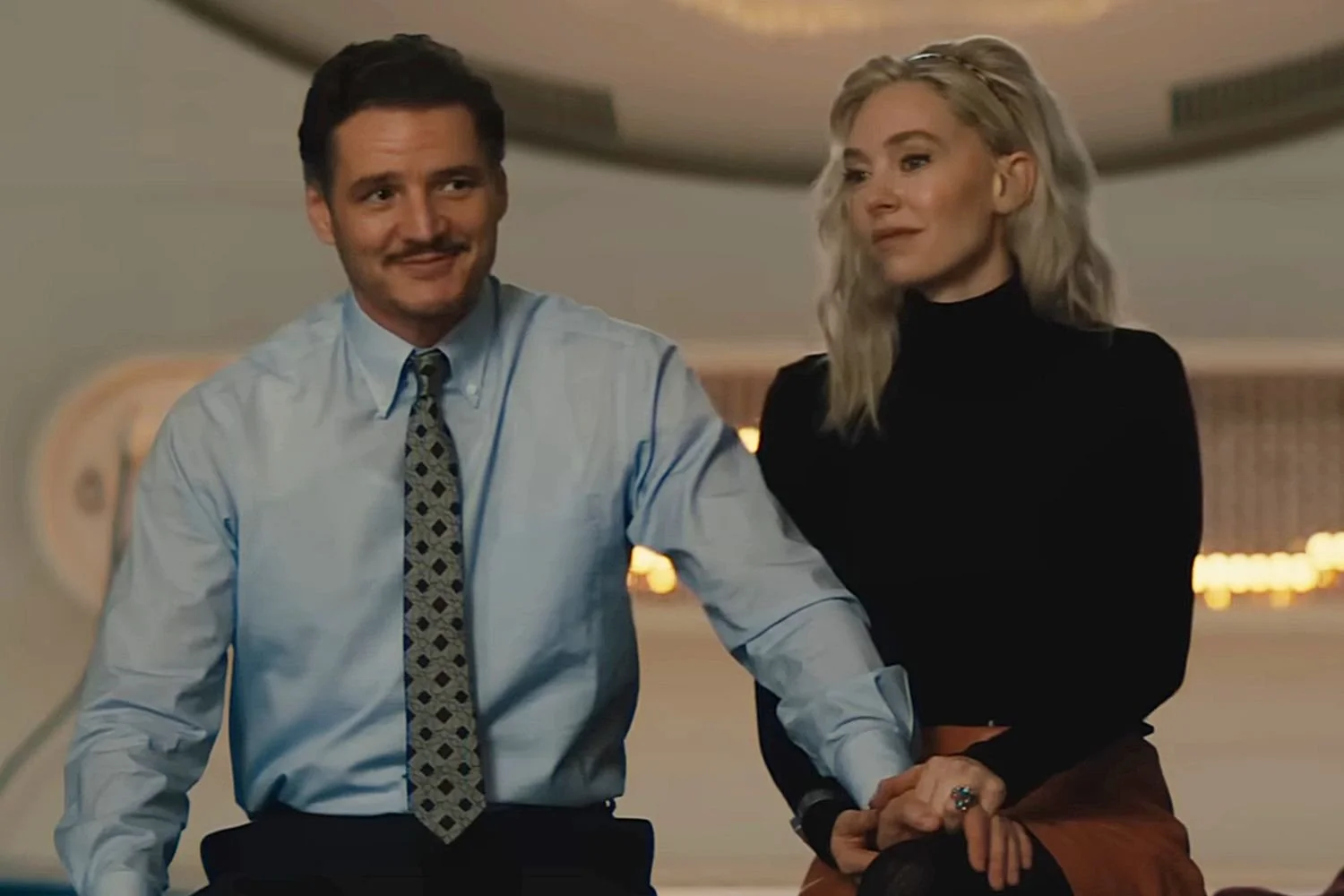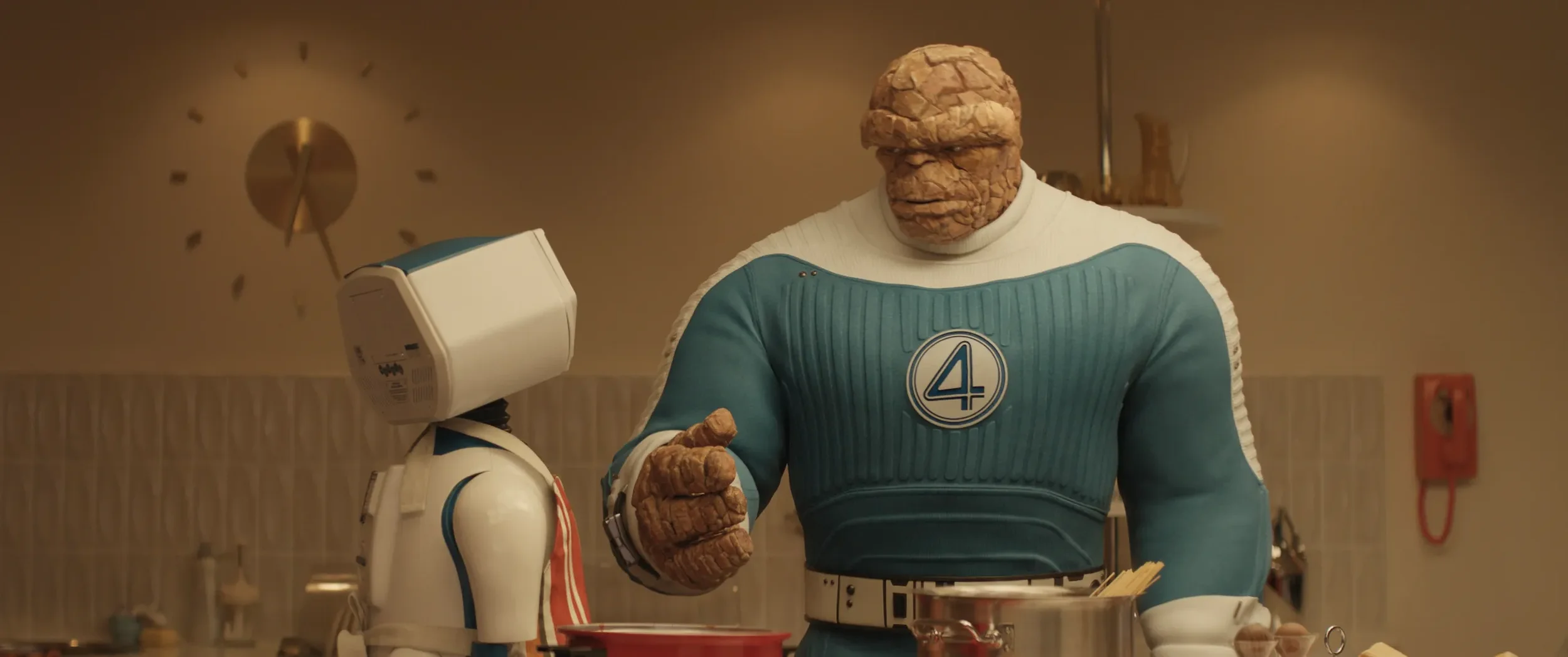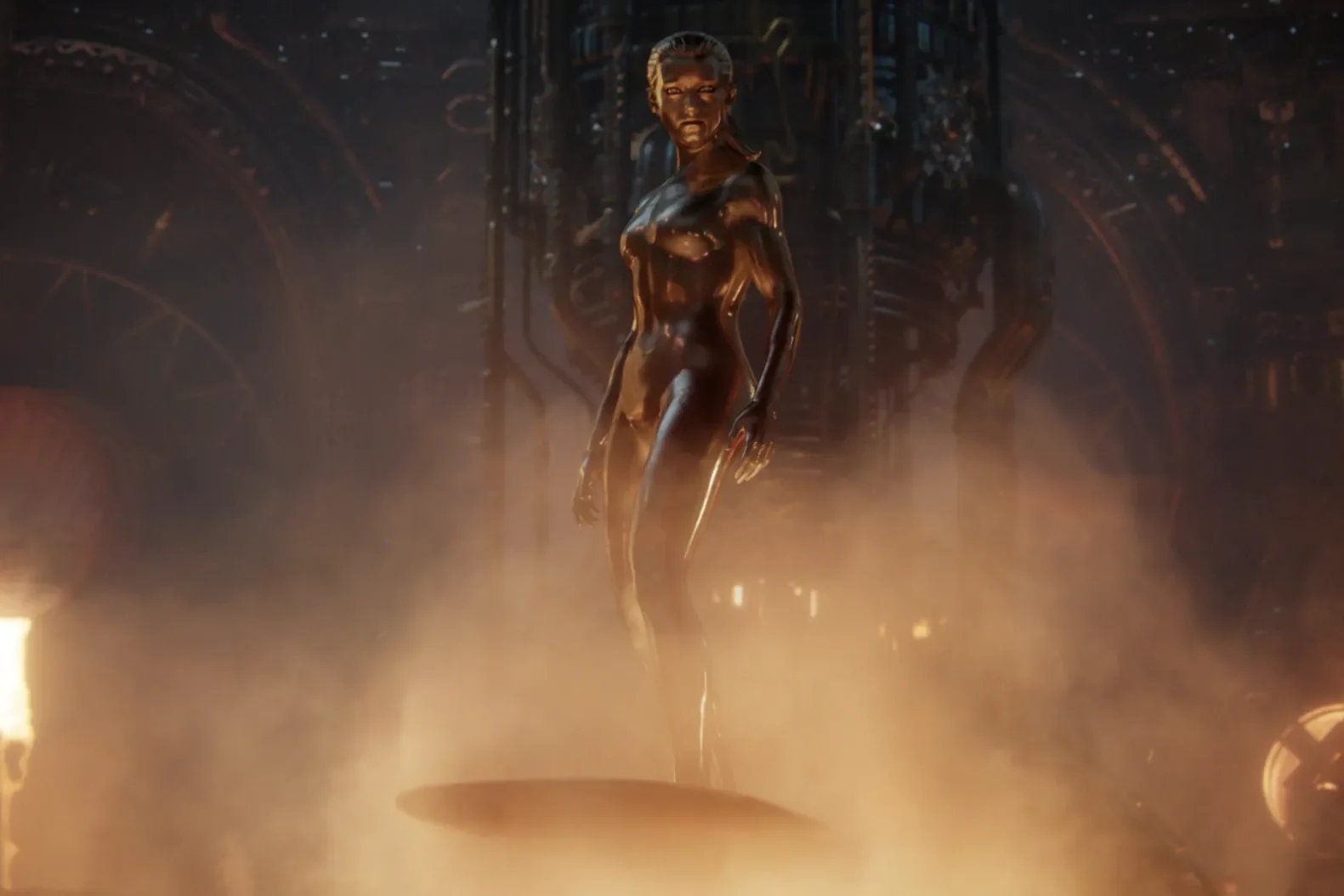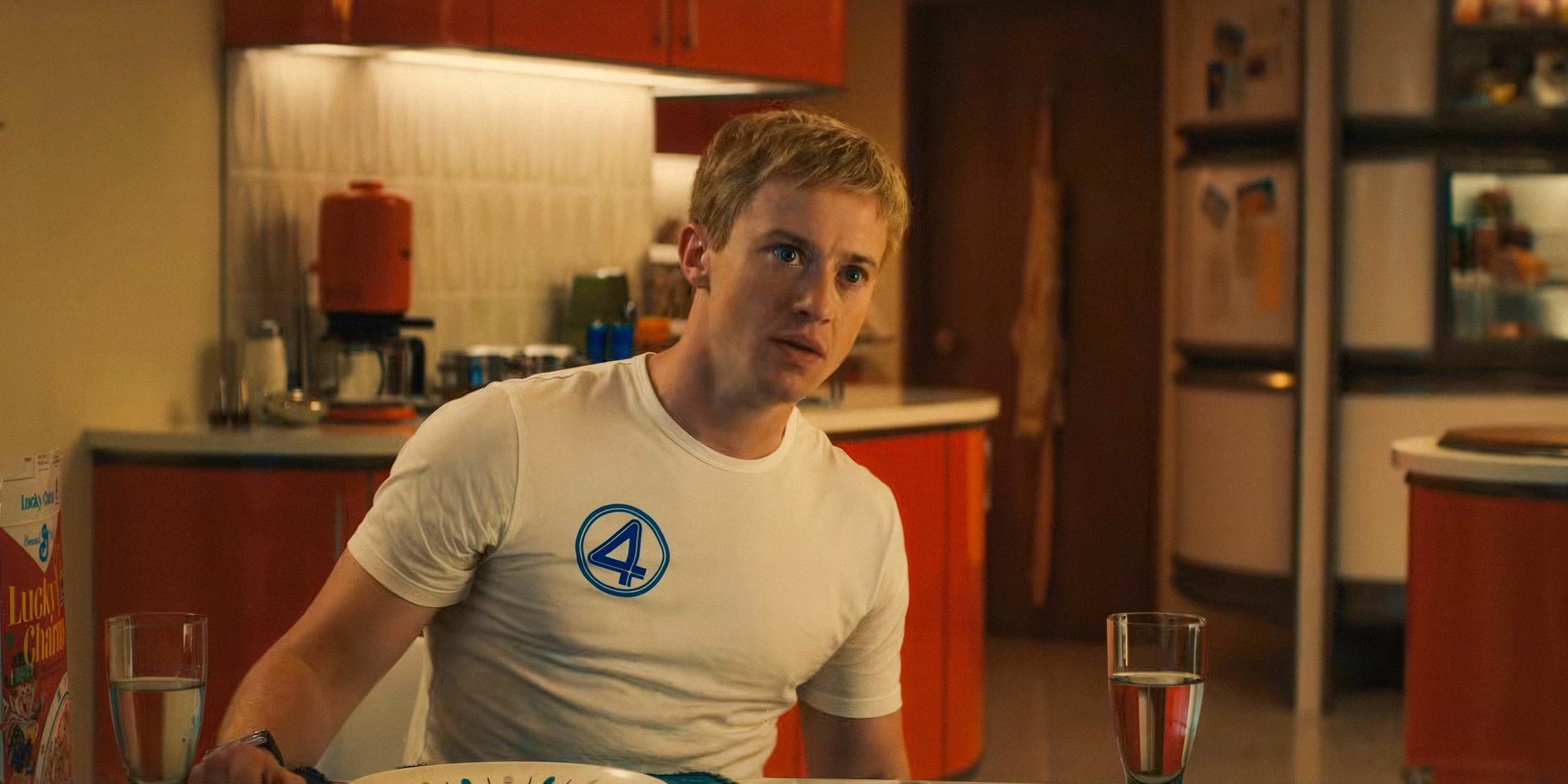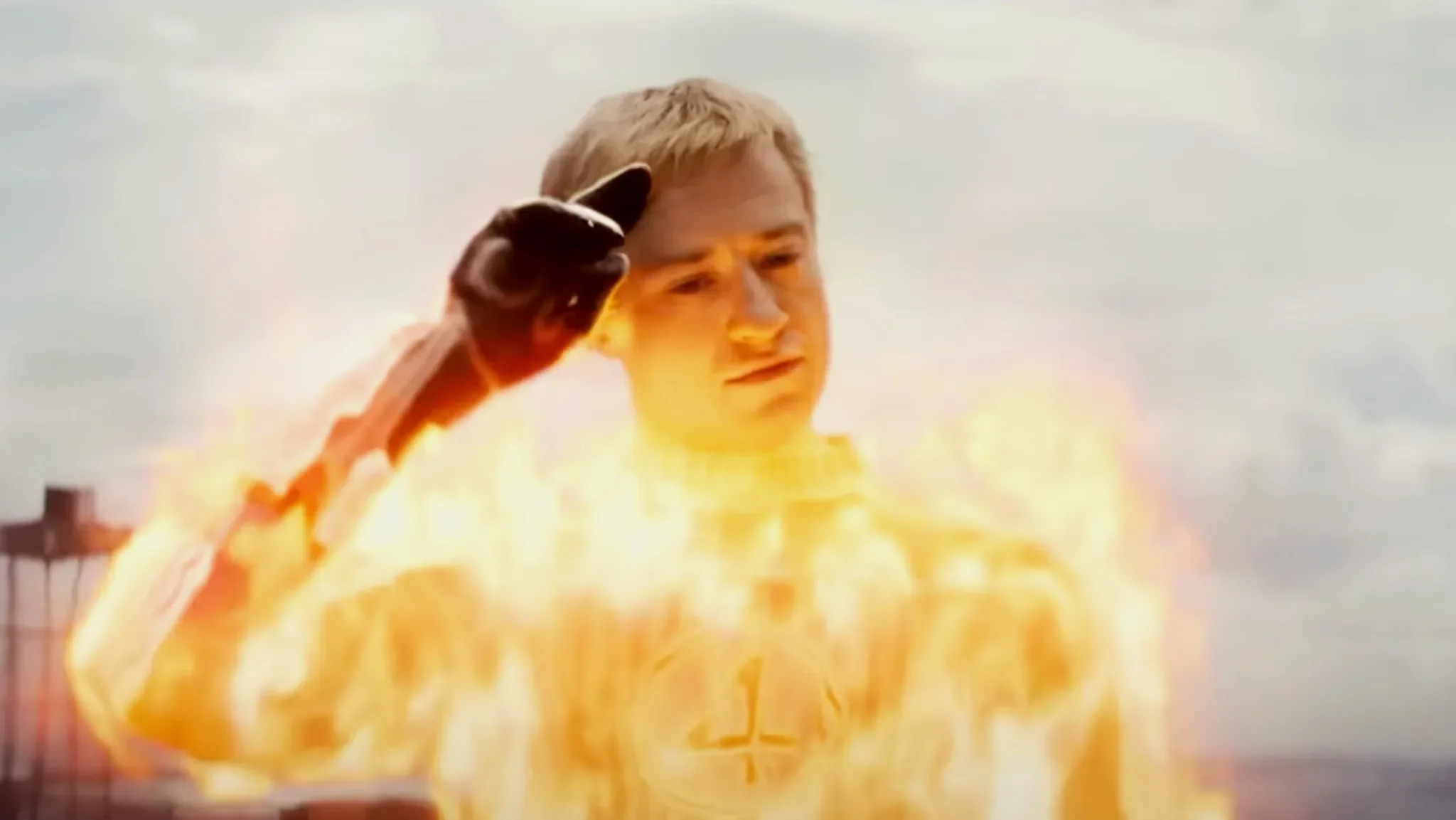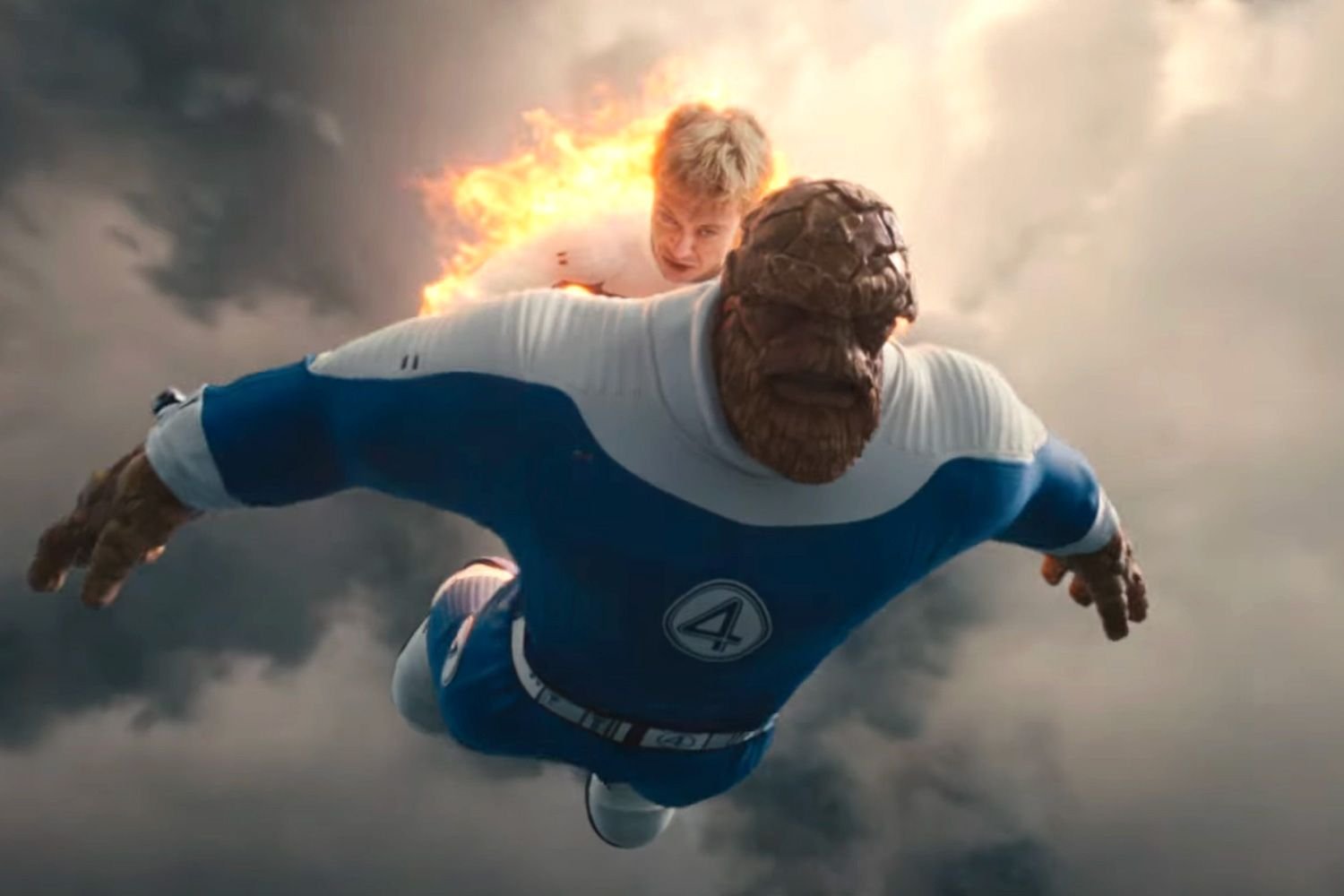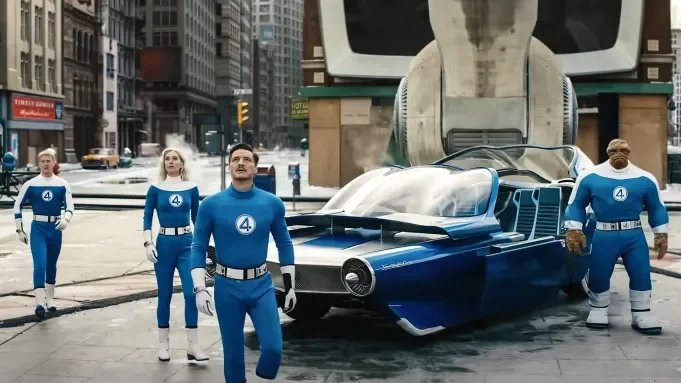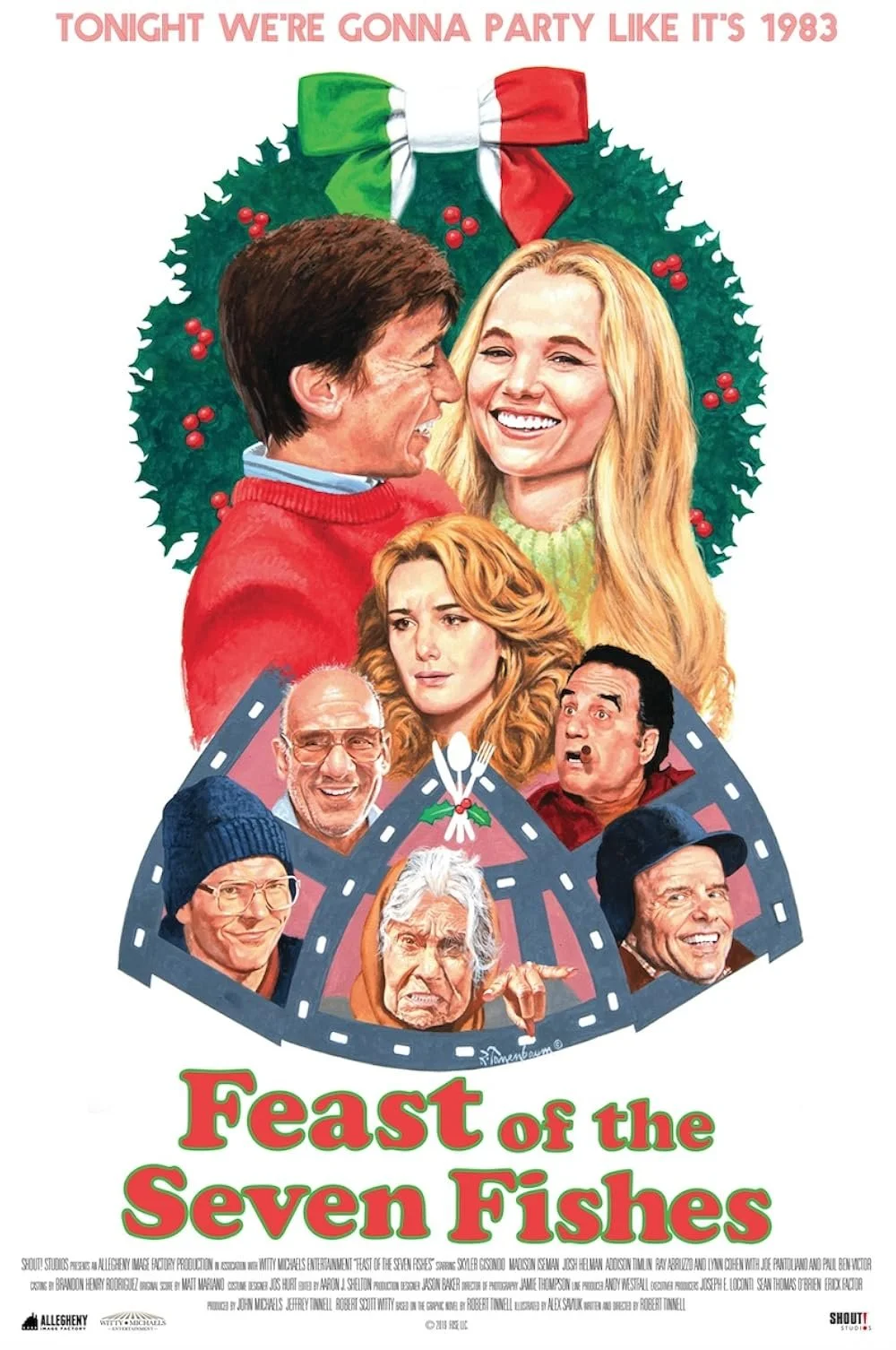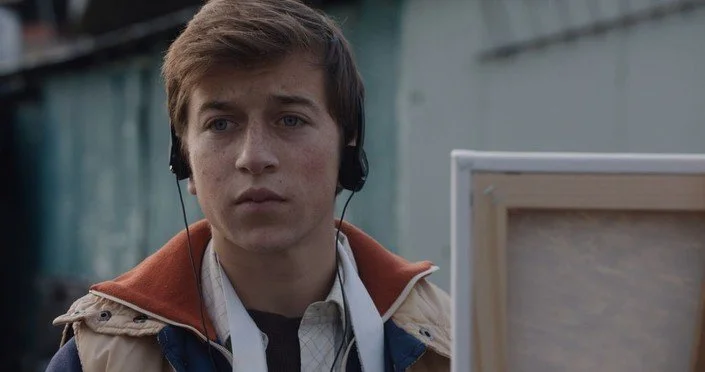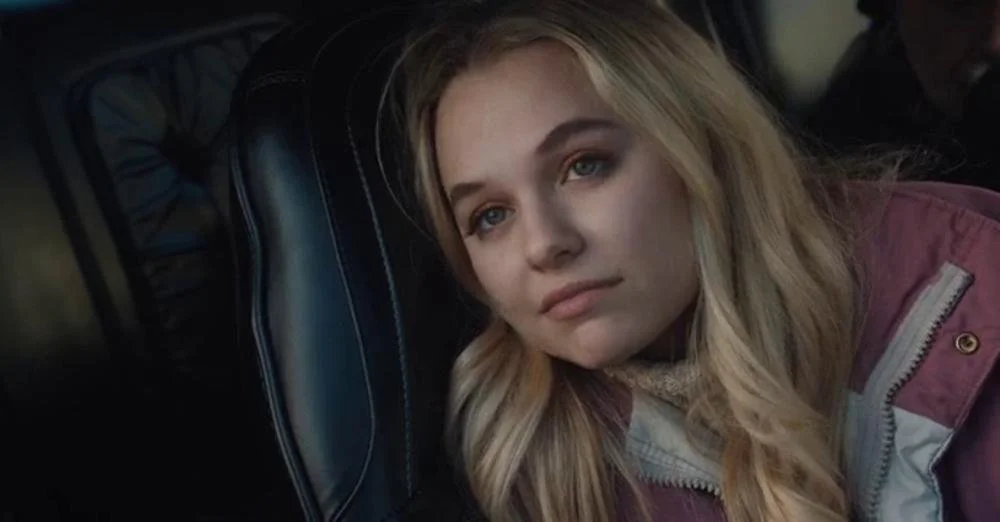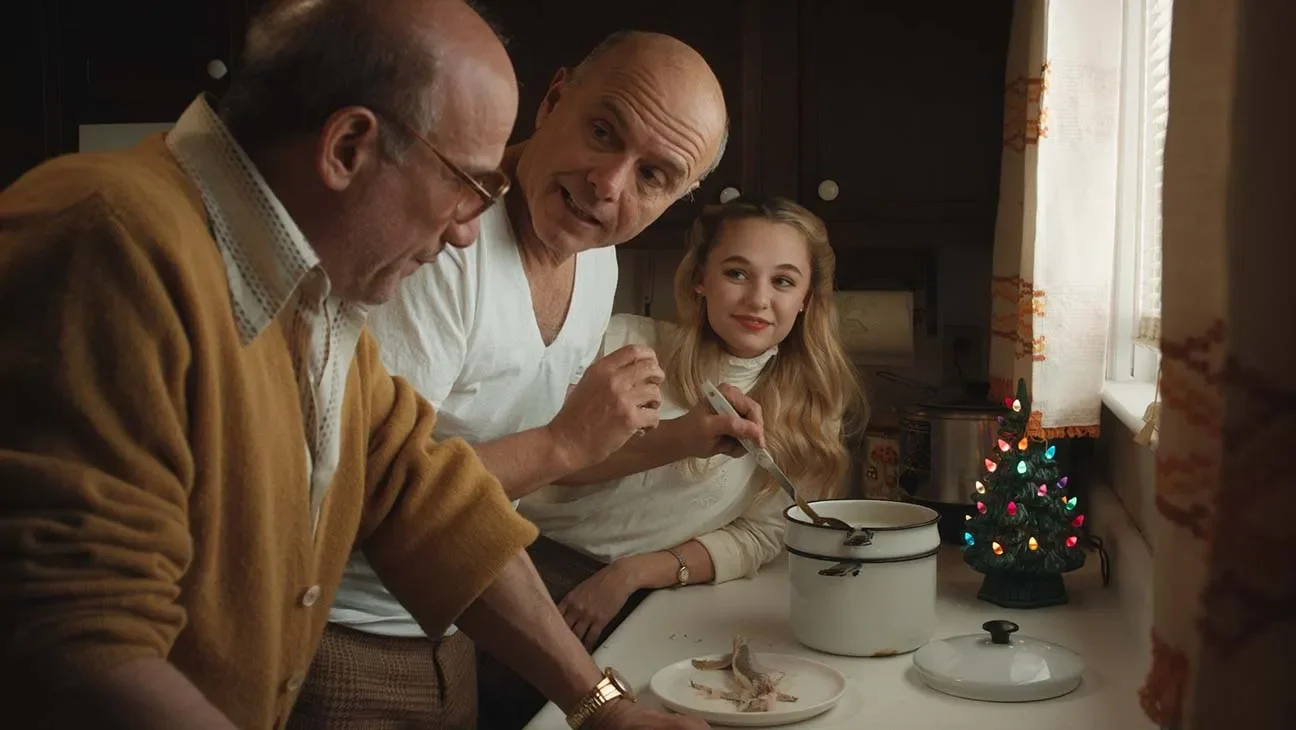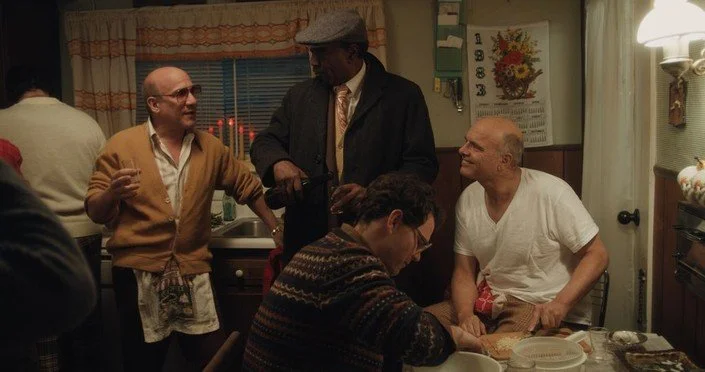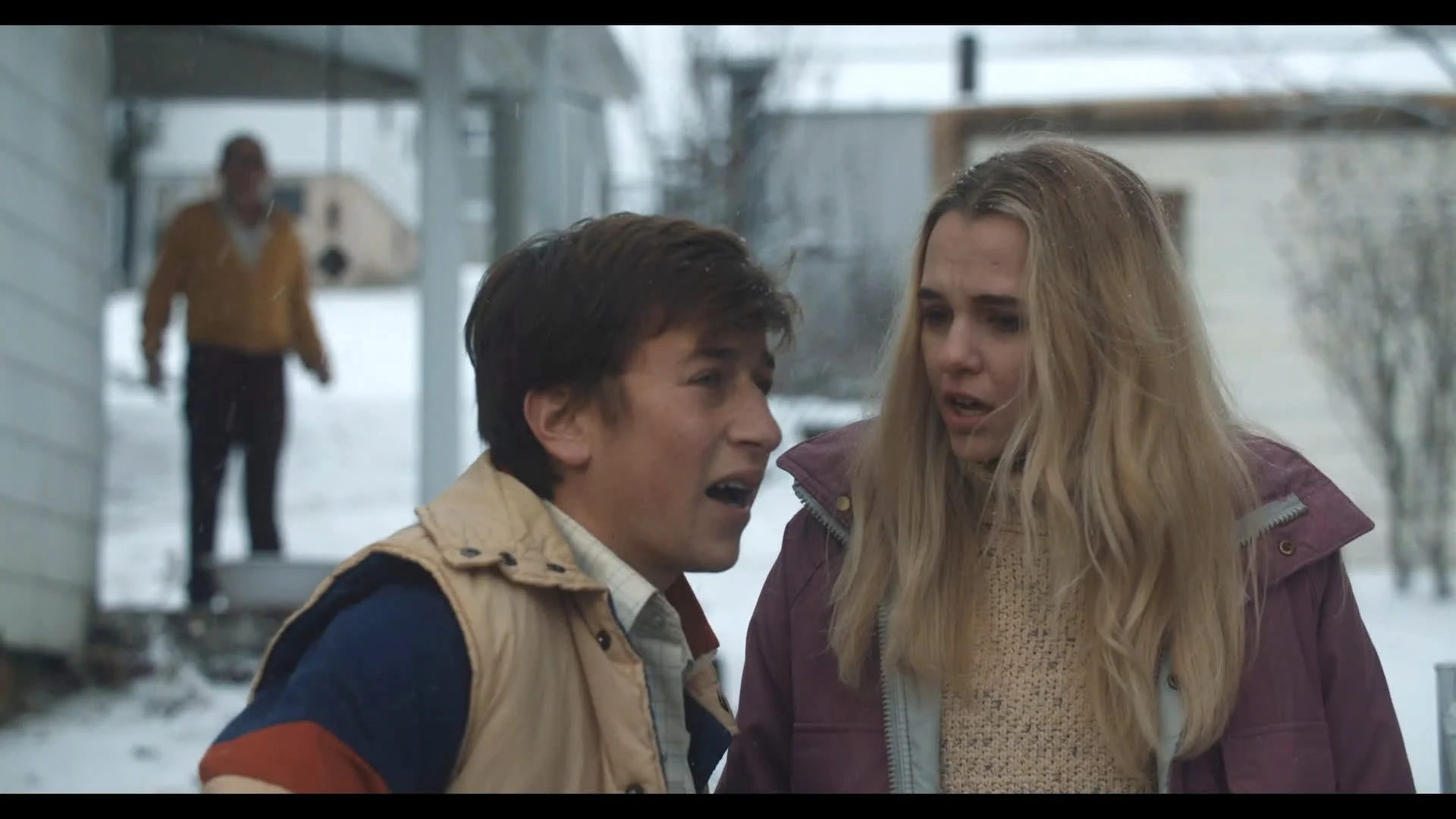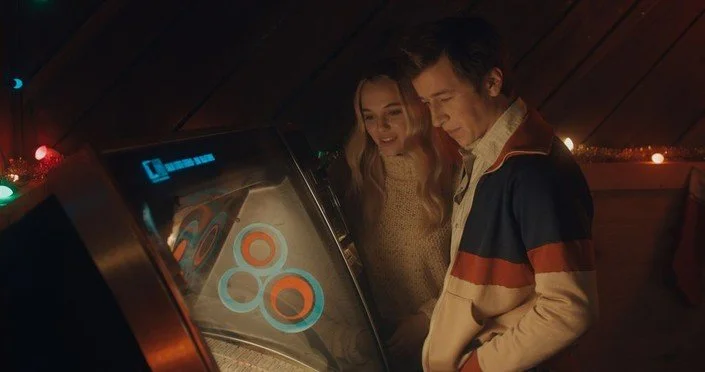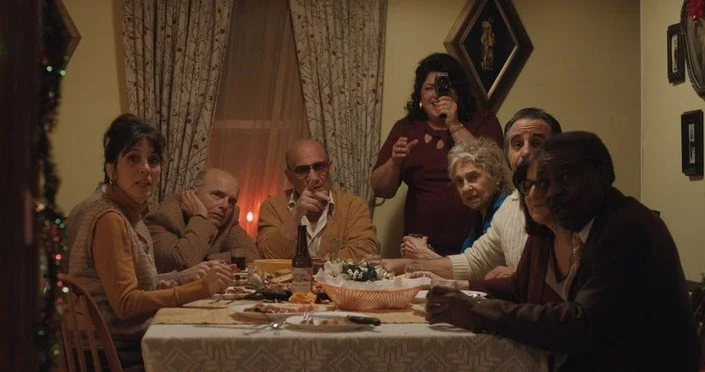As we dawn a new day (or several new days, I know this post is late) on a new year, let’s go back to the early 2000s for a moment. It was a simpler time; our phones weren’t all that smart, if you said the word “grok” people just thought you were a nerd, not an idiot, and stores still existed that you could go to, walk in, look at the products on shelves, pick them up, and then buy them. Right then and there. No ordering and waiting and then receiving a box, opening the box, thinking “Oh yeah, I remember buying this”, and then hanging on to the box until recycling day. But sometimes when you go into a store, you want to do it with a little flair, like cutting through the roof and locking the staff up in the freezer and helping yourself to the contents of the safe. Sometimes, you do that 45 times. And then sometimes, you decide that you’re going to move into that store until the heat’s off.
And that’s the life Jeffrey Manchester was living back then. He’s a veteran in a sadly familiar position for many Americans, veterans included, where he can’t quite make ends meet and finds his dreams quickly fading away. He and his wife are estranged and he’s hardly his kids’ hero, even though the relationship between him and oldest child, his daughter, is very sweet. He just can’t seem to get it together. Jeffrey, as his friend points out, is hyper-observant. I’m talking Shawn Spencer without the whimsy levels of noticing things here. And his friend Steve, played by LaKeith Stanfield (Atlanta, Sorry to Bother You), tells him that he needs to find a way to use that skill, his superpower, to make the money he doesn’t have. Unfortunately, Steve, Jeffrey’s sergeant when they were in, has used his skills in a variety of different ways, most of them seemingly not very legal. And that maybe inspires Jeffrey down the wrong path. As Steve also points out, Jeffrey is bad at following the rules, even in the military. He just messes things up. But when Jeffrey figures out that most McDonald’s restaurants operate using roughly the same blueprint and roughly the same schedules, he sees his next steps. Cut a hole in the roof on the night before the cash is picked up by the armored car. Go inside and hide. Wait for the staff to arrive so he can get into the safe. Put them in the freezer until the authorities arrive. Repeat 44 more times, earning the nickname “the Roofman”. Success.
But Jeffrey, played by Channing Tatum (Logan Lucky, 21 Jump Street), does something most people committing armed robbery don’t do. Before locking the staff into the freezer, he tells them to put their coats on. And when the manager says he doesn’t have a coat, Jeffrey takes off his own and gives it to him. He doesn’t want them to get cold; the freezer is just secure storage while he makes his getaway, he doesn’t actually want to hurt anyone. That’s the last thing that he ever wants to do, though somehow he keeps doing it. And before you think that this is just too silly a character to base a movie around, let me tell you that it’s true. Roofman is based on a true story and the movie is happy to show its receipts when it comes to accuracy. Jeffrey Manchester really did all that. And that’s just the tip of the iceberg.
Of course, that sort of life catches up to you, even in early 2000s, and Jeffrey finds himself in prison with an incredibly, unfairly harsh sentence that would mean the next time he was a free man, his children would be middle aged. But luckily, Jeffrey uses his skills to devise a simple and genius plan to escape and it works like a charm. He ducks into a store to avoid the manhunt and decides to stay there until the heat is off and he can try to see his family again. Or at least talk to them. But until then, he’s forced to live inside of a Toys R Us, living out every 90s kid’s dream.
(As a side note, I really do miss toy stores. There’s a wonder to them that just isn’t replicated by the toy aisle of a big box store, just like a digital lending library will never feel the same as walking into a public library and smelling all those old books.)
It’s not nearly as fun as Bart and Millhouse make it seem to be, though. Hiding right under the noses of hundreds of people a day while the manhunt continues can weigh on a person, especially when you’re in self-imposed silent solitary confinement. He can’t make noise during the day, he could get found out. As a result, he becomes a nocturnal animal, making the Toys R Us his playground every night after closing. It looks like so much fun, I used to dream of things like that as a kid. He literally lives off M&Ms and other candies and plays with toys every night. But for an adult, especially a fugitive, that’s not really enough. Eventually, Jeffrey sets up his own surveillance system in the store and uses them as his own personal soap opera. Things get a bit complicated when he develops a crush on Leigh, a single mom who works at the Toys R Us.
Leigh, played by Kirsten Dunst (Fargo, Jumanji), is a fairly newly divorced mother of two who is struggling. It’s no surprise that Jeffrey is drawn to her. I don’t want to get too much into their interactions because it’s really such a genuinely nice to thing to watch that I don’t want to tell you any more about it and spoil that particular emotional journey. But what I can say is that this movie showcases both Channing Tatum and Kirsten Dunst at the peak of their acting ability. And they’re no slouches to begin with. Channing Tatum has been in some excellent films and has shown great skill in different genres and with characters of various depth. Kirsten Dunst can do more than just kiss you upside down in the rain; her run in Fargo season 2 was fantastic. The subtlety on display here, the amount of acting they can do just by moving or not moving their faces is astounding. The two of them are absolutely magnetic on screen and they have easy chemistry together. I knew that Channing Tatum was capable of delivering this kind of performance, especially because he was able to be emotionally compelling in a movie as plainly silly as White House Down. His arc of esteem in my mind has been so completely unexpected—I thought he was, you know, another actor for the longest time. Then came the Soderbergh films Haywire and Side Effects, where he had small roles, and then there was 21 Jump Street, where he made the jump from “he’s fine” to “hey, I like this guy”. With Logan Lucky, he completely won me over. While I’ve always liked Kirsten Dunst, it’s rare that she’s given a role where she’s allowed to have this kind of emotional depth (and that’s more a Hollywood problem than a Dunst problem) and she expresses it with the kind of subtle power that is rare this side of Manchester by the Sea. Her openness and vulnerability and kindness are on display at all times. She could be saying nothing and her facial expressions would write several dusty tomes filled from margin to margin with her emoting. Roofman is truly a vehicle for Tatum’s talents, with so much of the movie being him alone and trying to stay sane and positive and find a way out of his predicament while maintaining an amount of caring for others you sadly don’t normally see in people, but don’t for a second sleep on Dunst’s performance here. If there isn’t Oscar buzz for the both of them, there should be.
And this is where it gets a little tough. Jeffrey and Leigh feel like such full, real characters that you can forget the reason they feel that way isn’t just excellent acting, it’s because these are real people, who lived this in real life. So when I started yelling at my TV, realizing I had become way more invested in what I thought was going to be a silly movie about a man who turned a Toys R Us into his own personal version of The Terminal, I realized that narrative structure and satisfying endings no longer mattered. I knew how I wanted the story to go as a story and even though I didn’t know the story of the actual Roofman, I’ve lived enough to know that the reason we tell stories is that real life is often too heartbreaking to live in without an escape. That’s not to say sadness and pain shouldn’t be part of storytelling, not at all; it’s just that you get the feeling that if things went well and everyone ended up happy then it wouldn’t feel like a real story. Because real life doesn’t usually get a happy ending. Or a happy middle. Or often times, a happy start. As you watch Roofman, you’re constantly vacillating between being drawn into the relationships between the characters and the knowledge that a man who lives inside a toy store while being the subject of a manhunt is not hurtling towards a normal, stress-free family life. You switch between being hopeful and filled with dread, but you’re rooting for Jeffrey the whole time. Even though I didn’t even really know what Jeffrey winning would look like. All I knew is that I wanted it to happen and that it couldn’t happen. And the easy, silly laughs in the first two acts of the film feel like a warmth that’s been blown away by an icy gust of gale force winds.
This movie is so fun. It’s also completely and utterly devastating. It encapsulates the wonderfully eccentric life of a man who wanted simple things. He wanted a family, he wanted kids that adored him because he was a good dad, he wanted a partner who didn’t hate his guts, he wanted good things for himself and others. He wanted to belong and be connected with something. It’s a tragedy in itself how much a man like that had to live in self-imposed isolation. But when it all plays out, it still feels good somehow. You’re hurting, yeah, because people did get hurt along the way (more emotionally, but also physically), but it’s not in a bad way. Yes it’s sad, but not the bad kind of sad, if that makes sense. It’s a little inspiring, in some ways. I’m not saying that I had the urge to climb up a ladder and cut through a roof, but it did make me wonder. If Jeffrey could be so considerate and kind in the situation that he was in, can I? Can others? I can’t go so far as to say that the world would be a better place if more people were like Jeffrey, because he’s a real person with real flaws; he’s not Captain America, he’s not Superman. He makes bad decisions. Jeffrey really proves that you can be a good person and still make bad choices, but it doesn’t make you a bad person (and then also the reverse must also be true; you can make good choices and still be a bad person, which is something I want to explore at some point). But maybe it would be a little bit better if we could leave behind the armed robbery bits and isolate that part of him that made him care about others. Because that’s really lacking in the world right now, at least from what I can see.
Roofman is perhaps a few minutes too long at 2 hours and 6 minutes; it could have tightened a little bit in the edit, but it doesn’t waste your time or really drag ever. With the true story nature of it, it feels ever evolving, not like other movies where you watch until a certain moment and get to the point where it really starts. It’s also rated R, with a decent amount of profanity and a lot of naked Channing Tatum, so this is perhaps not one to watch with the kids. It’s also on Paramount+ exclusively at the moment, but I do hope it gets to more popular streamers in the future, because this movie is really very good and engages on an emotional level that was completely unexpected for me. It’s a unique blend of Superstore and Shawshank, and it really works. Roofman is a fascinating real life story that feels important somehow. And with this one, definitely stick around through the credits, you’ll see why.

